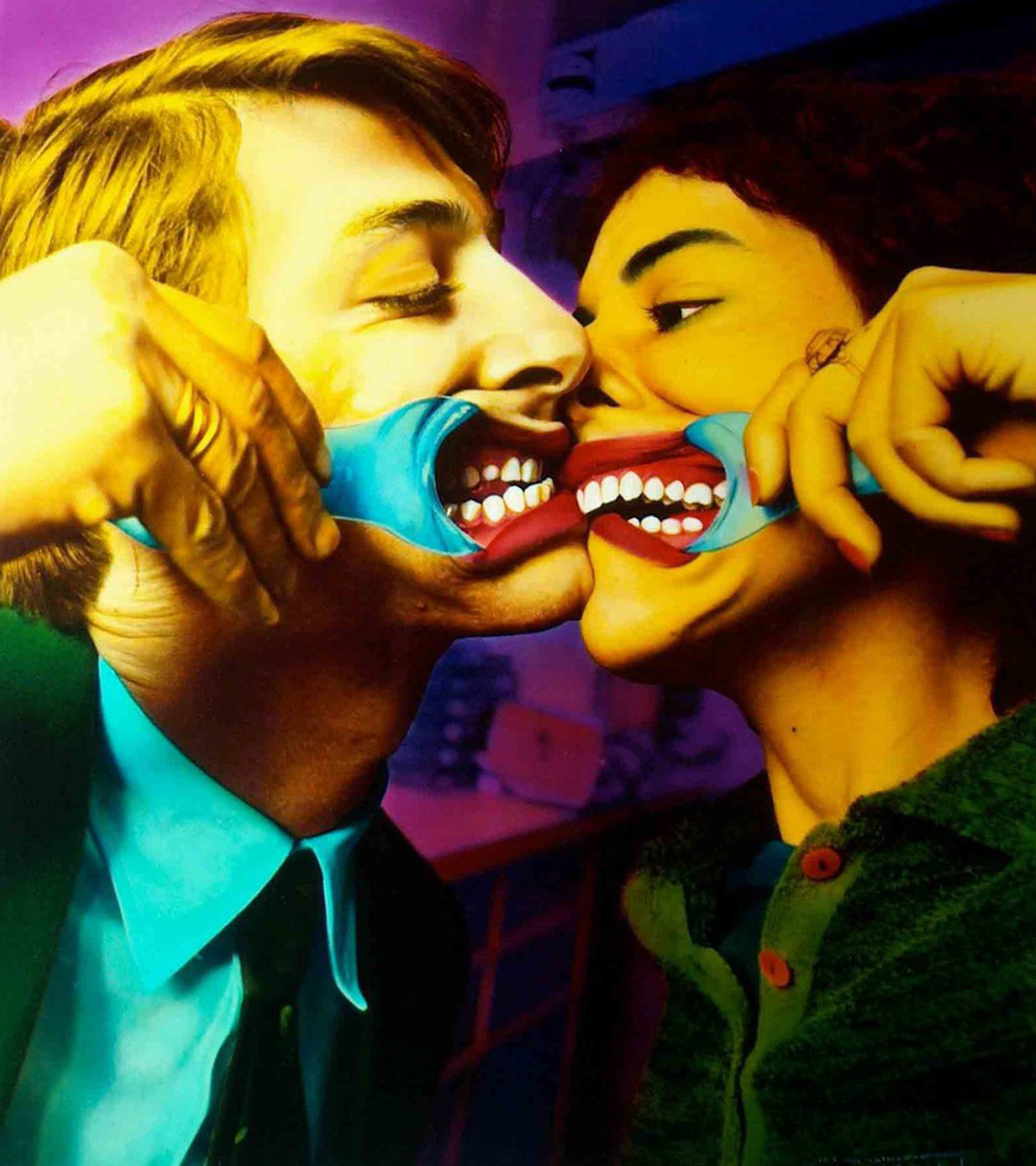Interview in 2018 Ouka Leele: "In the beginning, my patrons were 'Penthouse' and 'Playboy'"
In 1979,
Ouka Leele
was still called Bárbara Allende Gil de Biedma and Madrid was beginning to be a crowded party with no defined outline.
At that time, a generation began to fibrillate that had been very bored, oblivious to the dictatorship's shed and with the desire to break that fence of dictatorship and sacristy inherited from a spent and useless Franco regime.
Among the boys and girls willing to build something different was that
well-off family photographer
who found some accomplices along the way with whom to specify an undone space.
There were musicians, painters, sculptors, comic book artists, seamstresses, dressmakers, film directors.
Everything was yet to be done and that young woman with pale eyes who was going to study Fine Arts took a change of direction, enrolled in a photography academy and began to erect the building of her own work that was unlike any other.
To know more
Obituary.
Ouka Leele, lone star of the Movida Madrileña, dies
Drafting: LUIS ALEMANYMadrid
Ouka Leele, lone star of the Movida Madrileña, dies
In memoriam.
The Last Supper with Ouka Leele
Writing: MIGUEL TRILLO
The Last Supper with Ouka Leele
Bárbara Allende Gil de Biedma joined the Cascorro Factory crew together with cartoonist Ceesepe, photographer Alberto García-Alix, Montxo Algora, Agust and painter José Morera El Hortelano.
From one of her drawings she got the name with which she premiered at the beginning of the 80s,
Ouka Leele, an invented star in a fictional universe
.
And she established the perimeter of her work with a fanciful title:
domestic mysticism
.
And she began to explore the painted photographic image with which she coined an aesthetic and a way of being in art.
What happens in Madrid?
People wondered what was happening in a city where urban tribes were drawing a new landscape.
The photographers of the generation began to emerge.
Women and men willing to fix everything, between the party and the madness.
Ouka Leele, Alberto García-Álix, Pablo Pérez Mínguez, Gorka de Duo, Miguel Trillo or Mariví Ibarrola
began to fix that moment.
Most documented the real, the making of a new space and time.
Ouka Leele, in the opposite direction, putting together some portraits like altarpieces, like icons, like prints of saints, like something unexpected.
This condition of going down one's own lane already appeared in his first individual exhibition, in 1979. In the Redón Gallery in Madrid he hung a selection of these portraits for which Ouka Leele braided a crown of syringes, and a comb of pencils, he made with lemons a diadem,
planted an iguana on the head of the model
.
And on the photographic paper he intervened with fluorine colors to make the image the happy dream of a happy world.
Or so different that it could even be happy.
On the opening day of the exhibition at the Redón Gallery, Ouka Leele
carried a dead piglet on her head
, to which she had undergone an intervention to fit the corpse with two light bulbs in the eye sockets that turned on and off on command. of a pear switch.
That day she demarcated that she was going to be the most unequal of the Movida photographers.
And what was the Movida?
Go from house to house looking for colleagues to end up at any concert at any time in any place.
For the first and last time, Culture briefly replaced political meetings.
What mattered more was what a group of
young amphetamines
did who managed glory as well as death among themselves in a vital 'sprint' of a few years of which a handful of names, a few songs, some photographic contacts and nostalgia remained euphoric of a time that encouraged to live in another way, as on a stage where taking drugs publicly (sprinkled with subsidies) was part of the rite of passage of a generation today blurred.
Ouka Leele was the
playful and shrewd portraitist
of a few days when it was very beautiful not to think or want.
In the midst of a cultural artifice too many times without consistency, she built a world of color as the antecedent to the mourning that she would impose a few years after having been part of the Never Land census.
Conforms to The Trust Project criteria
Know more
art
Photography
Articles Antonio Lucas

